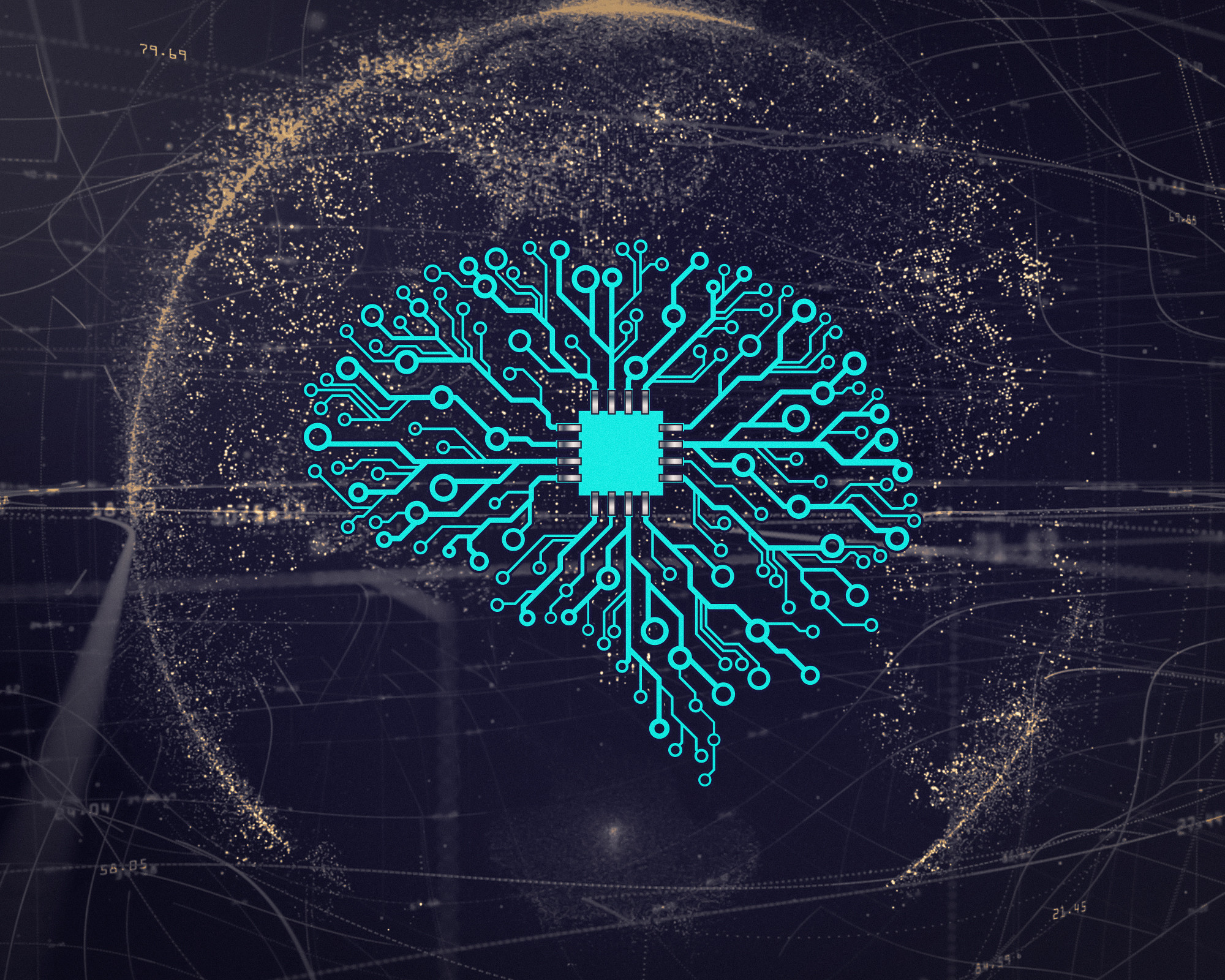Chapter 1 Overview
In Computer Labs 10B and 11B, we concentrate on another exciting data science area - Machine Learning!
As defined by Grant and Wischik (2020),
Machine learning can be applied to numerous areas of society, such as transportation, security, e-commerce and health care, to name just a few.
1.1 Learning Objectives
After having completed Computer Labs 10B and 11B, you will have learnt:
- The fundamentals of machine learning theory
- How to use machine learning packages and models for predictive modelling in R
Some prior mathematics and computer science skills would be helpful for this topic, but are not required - we discuss all the relevant terminology in brief in this supplement!
Machine learning is a sophisticated and complicated field of study, and we will just brush the surface. We won’t focus on all the underlying mathematics involved (which is a little beyond the scope of this subject), so much as on the general R processes. By this stage in the semester, you should be feeling confident in your R skills, so you should be able to tackle everything introduced in this topic. Don’t worry though, we will take our time as we learn this new material.
We are not expecting you to become an expert at machine learning within this short time-frame, but we do hope that this exposure to the world of machine learning sparks interest!
